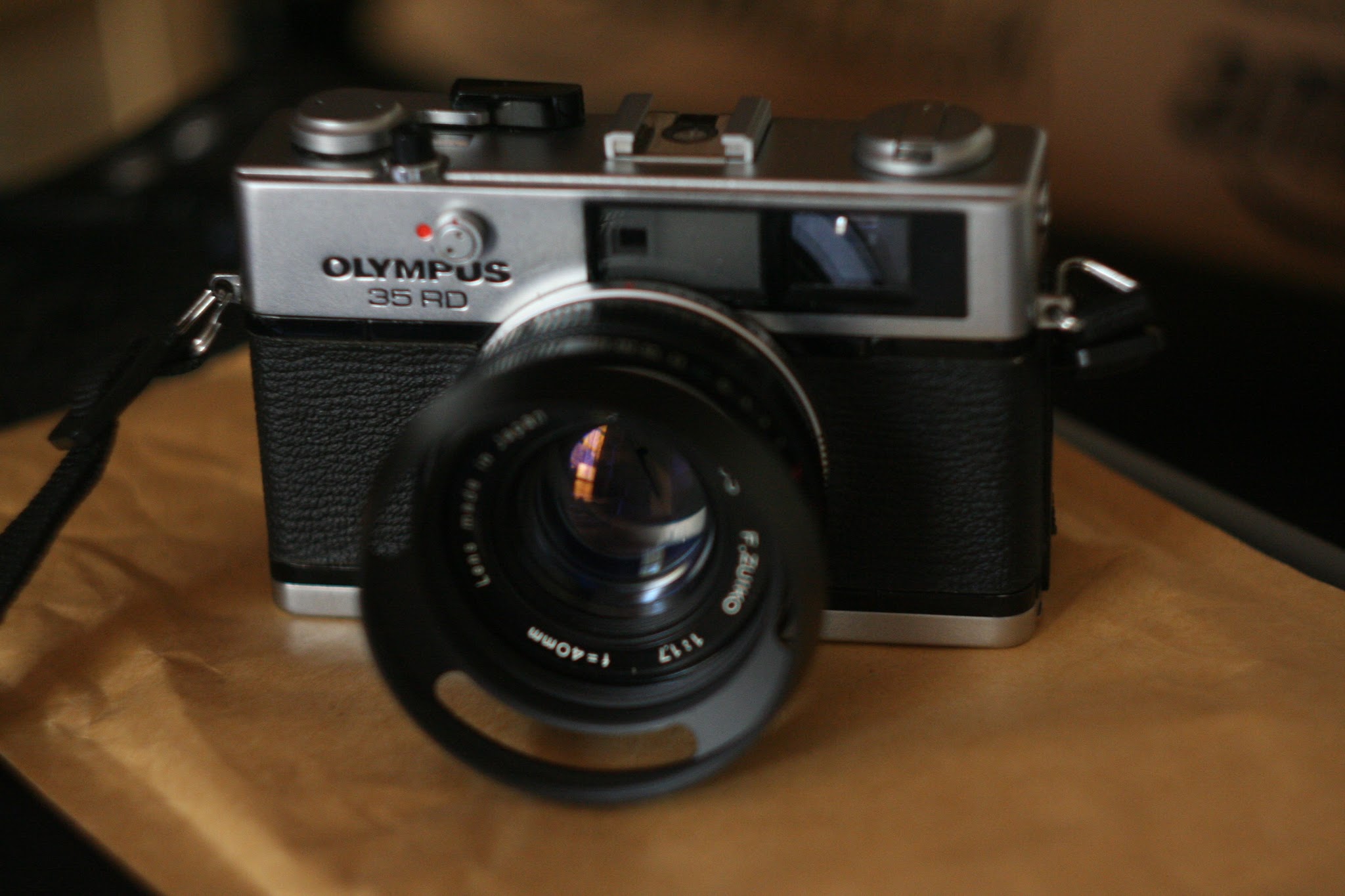praktica bx20
Up until the camera showed up in my life, I had only been using rangefinders and point-and-shoot cameras. I had gotten used to the parallax error compensation ‘slightly to the left, slightly up’ movement during composition. I had also given up on all on-camera metering and usually shoot full manual mode, relying most of the time on Sunny-16. That’s great of course, if all you’re doing is street or travel photography outdoors when you are mostly shooting at distances at which parallax errors don’t matter much, or the minimum focal distance don’t ever come in to play, and you have predictable good light.
Like anyone else, I occasionally get the unexplainable urge to take a photo of my feet, or my coffee. This urge is impossible to resist. There’s nothing more photographed than own feet and cups of coffee. If you ever wondered why this is, there is your answer, once and for all – it is a natural urge like thirst or hunger.
Back to coffee, anyone using a fixed lens rangefinder say at 40mm or 35mm, or a 23mm p&s will quickly find frustrating their inability to focus on coffee at the close distance you really want. You are left with only the option of cropping your photos. You then need to deal with the ridiculous parallax error at this range, so if you get the actual coffee in the shot at all, you’re lucky. Don’t laugh, it’s happened to me before.
[drumroll] Enter the slr. You’re looking right through the lens, so that’s the parallax issue eradicated. Depending on the lens, you can focus as close as you want, and even go to macro if you must get the foam bubbles on your coffee, or the scaly skin fragments of your athlete’s foot [ you know who you are]. Problem number two resolved.
This baby is a bit of a gem. I call it the Eddie Murphy of my camera collection and that has nothing to do with its complexion. It is an incredible performer and outputs hands-down the best quality photos of any of my cameras, full stop. However, like Eddie, it is underrated and even widely hated by many. I can see why though, it is a bit clunky to use and makes an awkward ‘kaglunch!’ sound when you hit the shutter. This was extremely annoying to me at first, having previously gotten used to the beautiful Olympus rangefinder shutters, but I eventually accepted it and now I hardly notice it.
It took a few attempts to get a successful roll out of this, 3 to be precise, but since then, it’s been success after success. Apart from the time when I accidentally exposed a roll while trying to get it out of the camera, I’ve been astounded by the quality of image it is able to project unto film, thanks mainly to the better-than-commonly-rated Pentacon 50mm f1.8 lens.
It’s an all round camera for me, and it is light and good looking, even if not as gorgeous as the rangefinders. I have used it in the rain, such as when I took my most blissful photo to date and as spring approaches, I will be wielding it more and more as we get more sunlight because it is the only camera I own at the moment that can achieve a speed of 1000th of a second. This means I can load up to 800 ISO film and still get some good photos day and night.
For day to day street photography however, it has not and will probably never replace my dear Olys.








Comments
Post a Comment